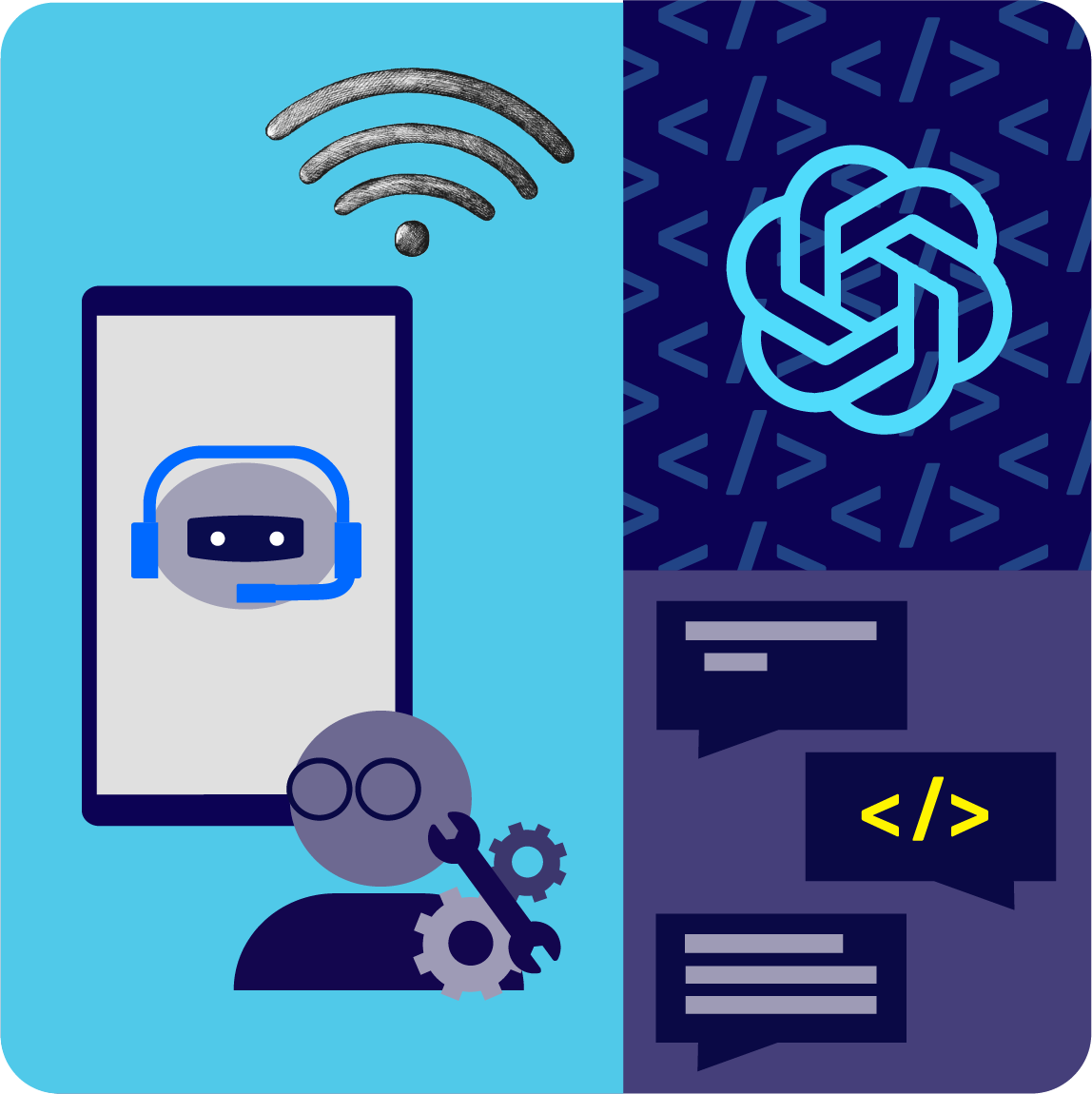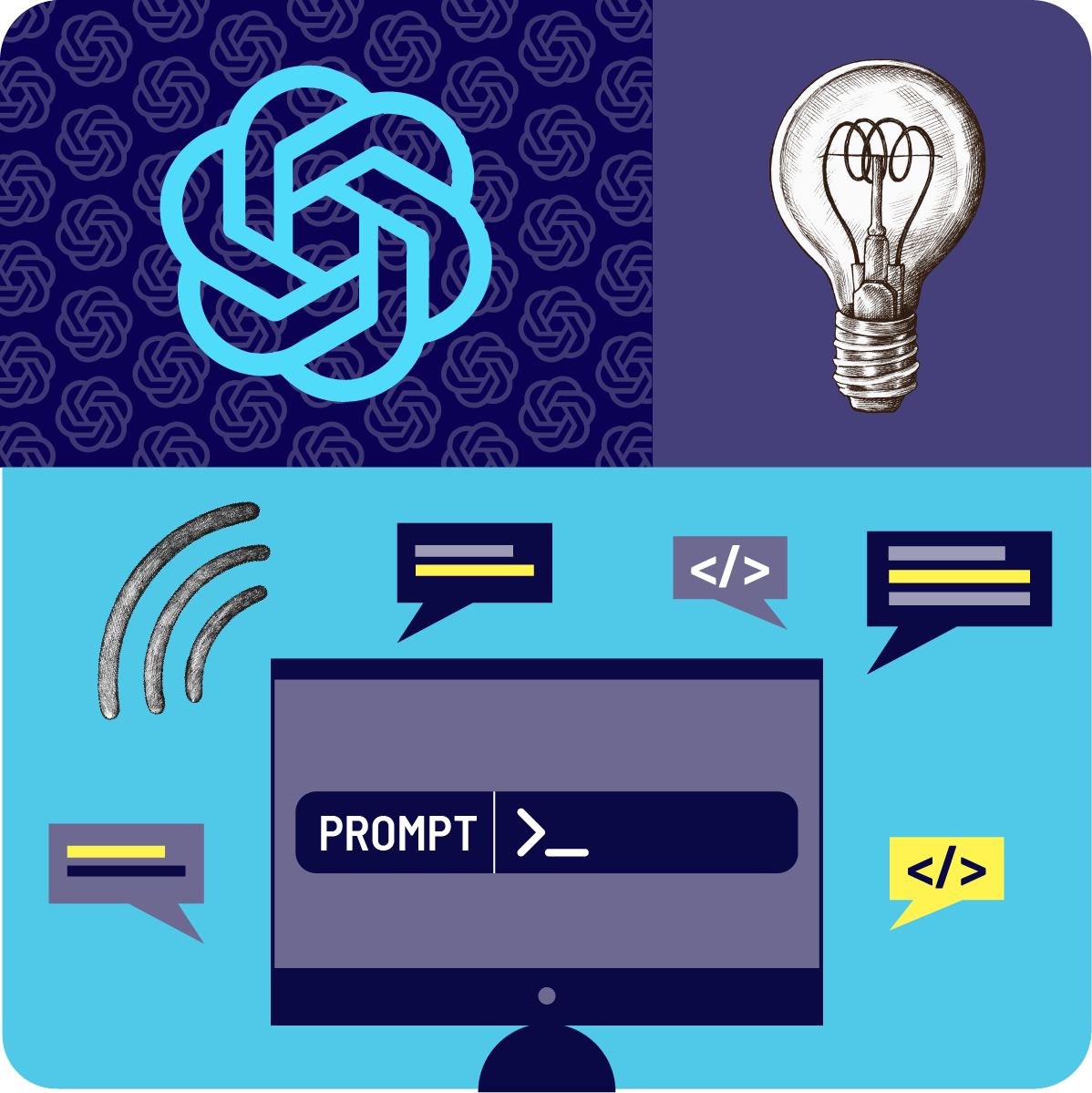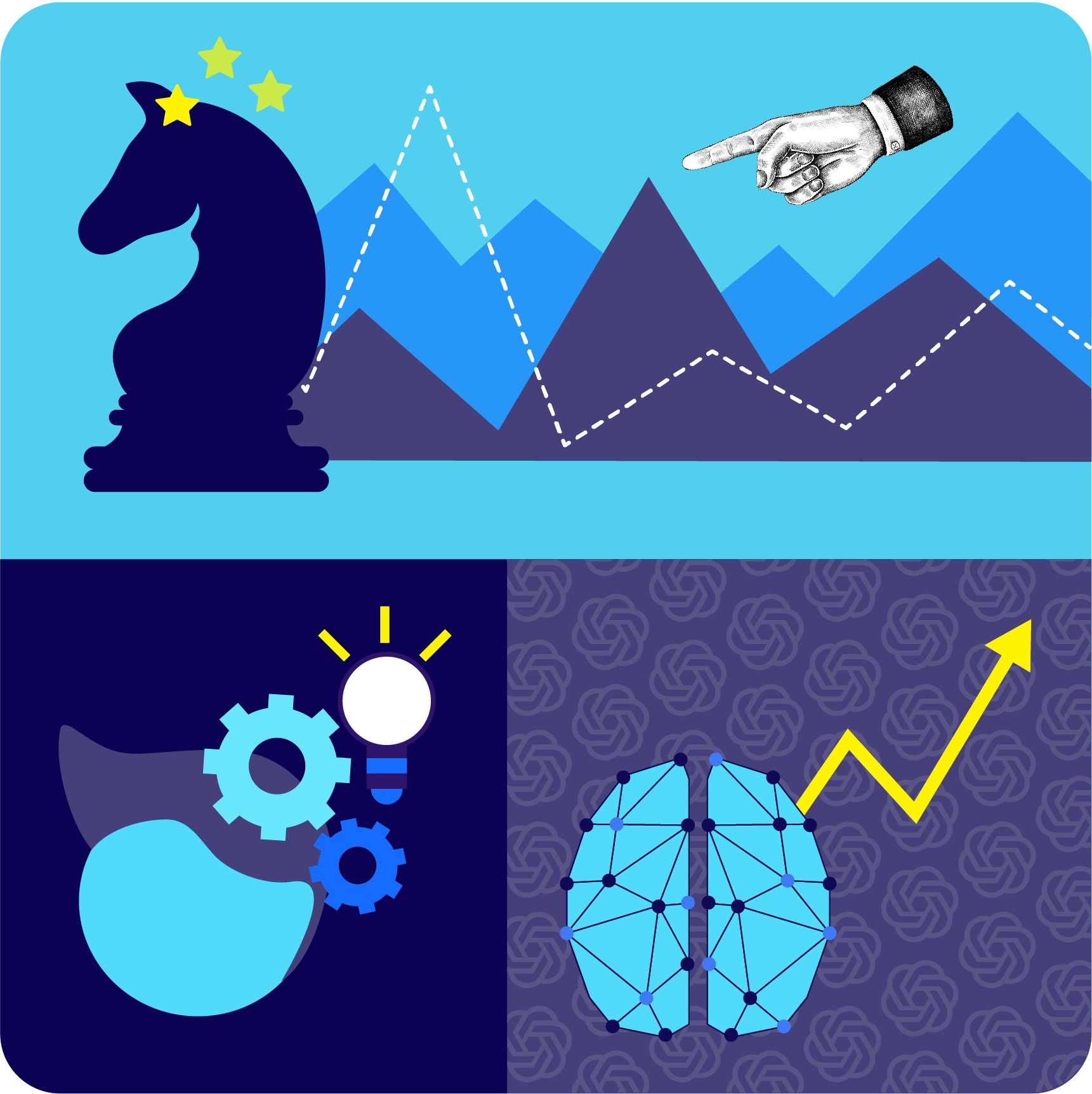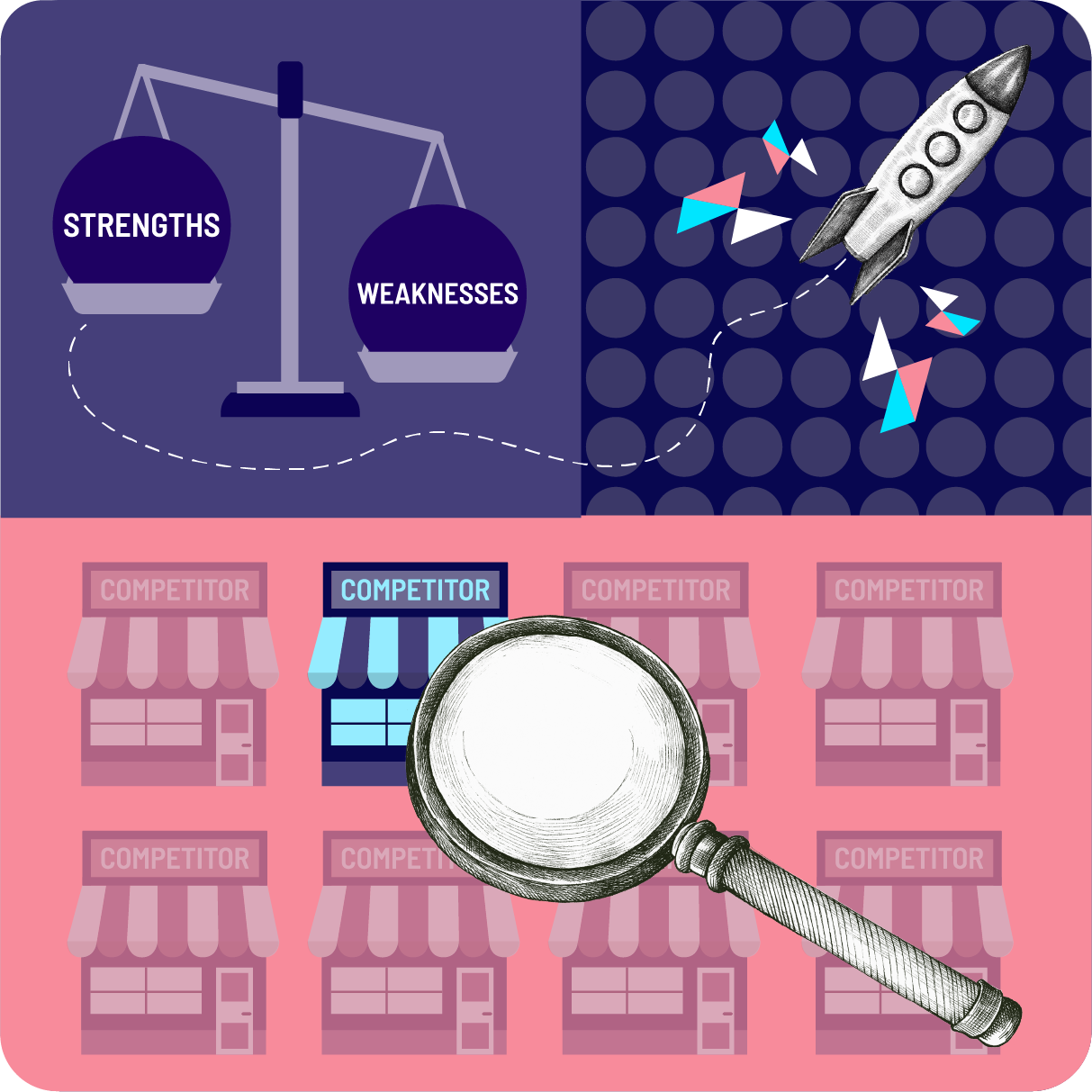To really make GenAI work as an advantage for your marketing or sales team, simply giving them tools isn’t enough. Many people find it tough to come up with effective prompts, and even more aren't up-to-date with the latest techniques in prompt engineering.
As a manager, it’s your job to set your team up for success and help them get better and more efficient with GenAI. So, how do you do that? Let’s find out!
👉 Connect with me on Linkedin to share ideas and feedback!
Is prompt engineering still a thing?
Despite scepticism about its longevity, prompt engineering is essential for effectively using generative AI, especially as skilled prompting can increase AI output accuracy and relevance by up to 50%. But just like any skill, you have to go beyond the tricks and truly understand why these techniques work better and how you can evolve with the tools as they improve.
First… let’s make sure you understand the difference and the scope. Prompt engineering caters to two groups: end-users and engineers programming AI applications.
- 👋 End-users such as marketing and sales teams focus on creating clear, specific prompts to guide AI in routine tasks, aiming for relevant and accurate responses.
- ⚙️ Engineers, meanwhile, delve into the AI’s mechanics, enhancing its ability to interpret varied prompts and manage complex scenarios, requiring advanced skills in machine learning and natural language processing.
Both roles leverage an understanding of AI’s capabilities and limitations, but their technical demands and applications differ a lot. As we continue, we’ll focus specifically on what’s relevant for the end-users in your team.
Generate in order to generate
If we've learned anything about building empathy and communication skills, it’s that knowing how to talk to someone (or something) makes all the difference. And guess what? The same rule applies when you're trying to buddy up with generative AI.
You can actually ask these AI tools the best way to communicate with them, and they’re surprisingly chatty about it! They can offer suggestions on crafting prompts, but why stop there when you can use specialized tools designed to turbocharge this process?

Let's dive into a few that are ready and waiting to boost your prompt game:
- Coefficient's Prompt Generator (link): This tool is like having a cheat sheet for each element of your prompt, giving you straightforward examples to make your interactions smooth and effective.
- AIRPM (link): Think of AIRPM as a treasure trove of community-rated prompt examples. It's like having access to a secret library where all the best prompts are kept, ready for you to learn from and apply.
- Prompt Master Custom GPT (link): Tailored for those who need a bespoke touch, this service helps you craft custom prompts for those particularly tricky tasks that need a precise touch.
- Prompt Storm (link): This tool integrates directly with ChatGPT, letting you whip up and refine prompts on the fly—perfect for those who want to see immediate results in their dialogues with AI.
With these tools, you're set to start improving your interactions with generative AI. After that, it’s time to dive a bit deeper and provide unique insights to the tools in order to really tailor the outputs to your specific business needs.
Context is queen
While newer AI models are getting pretty good at making sense of our vague requests, they still perform like superstars when we give them a bit more to work with. The importance of context in prompt engineering is clear, as it significantly boosts the effectiveness of generative AI models, even those that are more advanced.

For marketing and sales teams, getting the context right is key to success. Here’s what you should define to sharpen your AI prompts:
- Who is your target persona?
- What are you marketing or selling to them?
- What does success look like for both your business and your customer?
- At which stage of the customer journey is your persona currently?
Once you’ve nailed down these details, you can instruct tools like ChatGPT to weave this specific context into your prompts. Doing so not only enhances the relevance and accuracy of the AI's responses but ensures that the outputs are strategically aligned with your goals.
Keep on iterating
This study revealed that there’s in total, 26 proven tactics to boost your team's AI outputs. Keep this checklist close as you refine your prompts, demonstrated by these examples in marketing and sales
|
Before
Enhancement ❌
|
After
Enhancement ✅
|
Tips
Applied
|
|
Please write a sales pitch for our new product. Thank you.
|
Craft a compelling sales pitch targeting tech-savvy millennials for our latest smartwatch, emphasizing its health tracking features and seamless integration with smartphones.
|
1, 2, 26
|
|
Can you help me understand how our product compares to competitors?
|
Compare our high-performance gaming laptop to the top three competitors in the market, focusing on processor speed, graphics quality, and price advantages. Explain like I'm new to the gaming world.
|
1, 5, 26
|
Remember, effective prompt engineering is iterative. Make sure your team continually reviews and adjusts your prompts using these tactics to better meet your objectives.
Leading by example
Last but not least, the easiest and most straightforward way to get better outputs, is to provide examples underneath your prompt!

Here’s how you can enhance your prompts with examples like text, images, PDFs, or datasets can refine AI outputs:
- 🔠Text or external websites: Attach a sample paragraph to demonstrate the desired style or tone. Example: “Write a product description following the style of the text/link below.”
- 🖼️Images: Use descriptions for multimodal AI tasks, informing the AI of the context. Example: “Describe the mood of this image for our campaign.”
- 📃PDFs: Include text excerpts directly in your prompt if the AI doesn’t process PDFs natively. Example: “Summarize the information from the provided PDF excerpt.”
- 📊Datasets: For coding tasks, describe the dataset’s structure when asking for data analysis scripts. Example: “Generate a script to analyse the dataset, focusing on these metrics…”
Add a line like, “Based on the example added as a [File type],” or “Based on the text added below as an example” to guide the AI, combining direct instructions with contextual examples for more precise and relevant results.
Creating GenAI playbooks with your team
As a manager, you recognize the potential of generative AI to transform your marketing and sales strategies. But to truly scale its impact across your team, it's essential to establish a common approach and understanding. A well-constructed play book can be your roadmap, guiding your team through the complexities of AI with consistency and efficiency. To see what a strong play book looks like and get inspired, check out this example: AI Prompt Play book.

Here’s what your play book should include to maximize the effectiveness of AI in your operations:
- Context Settings: Define the scenario and objectives clearly to tailor AI responses to your specific needs.
- Prompting Tips: Include strategies that have proven to enhance the clarity and effectiveness of prompts.
- Prompt Templates: Offer templates specifically designed for marketing and sales, making it easier for your team to get started.
- Step-by-Step Guides: If your strategies involve sequences of prompts, provide detailed instructions to navigate them smoothly.
- Examples of Outputs: Help your team understand what good and bad outputs look like by including examples to learn from.

By downloading and adapting this AI Prompt Play book Template for your needs, you can ensure that every member of your team is equipped to use AI tools with equal impact!
⚙️ Click here to download the toolkit
While it's true that generative AI tools will continue to evolve, becoming more intuitive and possibly making some of our current tactics unnecessary, the age-old adage still holds: the quality of your output is directly tied to the quality of your input. So, for now, ensure you're mastering these strategies to keep your outputs sharp and effective. Keep these tips at your fingertips, and stay on the lookout for new approaches as technology progresses.
Until our next micro learning — keep innovating and see you soon!
👉 Connect with me on Linkedin to share ideas and feedback!
What did you think of this Microlearning?














